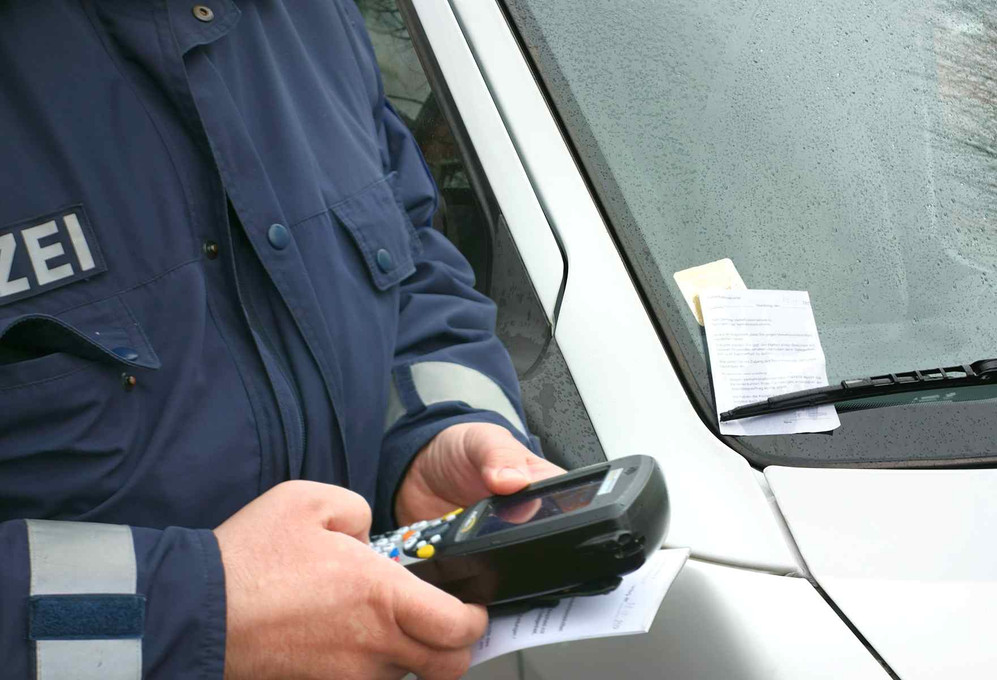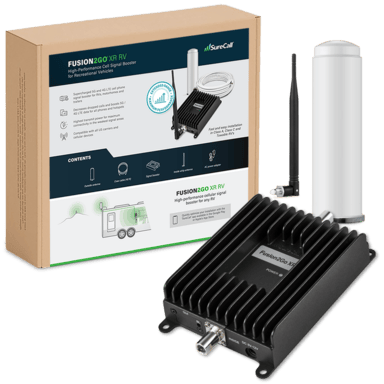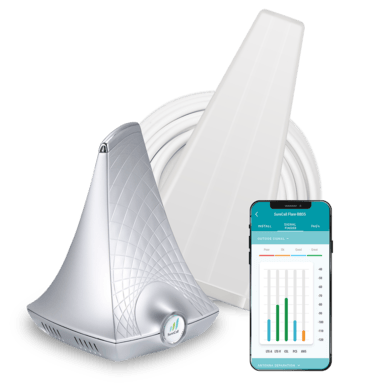
What is dB Gain & Why Does it Matter?
Posted by Dennis Findley on 17th Jan 2019
In electronics, a gain is the increase of power or amplitude of a signal from an input to an output port. This is usually done by adding energy from a power supply to the signal. Gain is usually measured in logarithmic decibel units or dBs, making “dB gain” an expression of amplification.
A gain value represents the relative level of signal enhancement a booster and/or antenna is capable of providing. A signal strength booster with a higher gain value will provide a stronger signal and/or a coverage area than one with a lower gain value.
What do Bars on a Cellphone Mean?
The bars on a cellphone are meant to visually represent signal strength. However, there is no regulation for the number of bars corresponding with actual signal strength. Once the carrier knows you have enough signal to make a call, bars can be displayed any way they would like. Have you ever had a call cut-out even when you’ve got two or three bars? Yep, we have too.
Bars have been used as a marketing technique for many wireless carriers who brag that they have more bars than the competition. However, since these bars don’t have actual values, this diminishes the meaning of the claim. Most providers still use bars as a scale to show, in general, how good or bad a cell signal may be, but this should be used as a general range instead of an actual signal analysis.
How Should Cell Signal Be Calculated?
Instead of cellphone bars, cell phone users should look for phones that provide better dB readings in their key communication areas. The dB in any given area for a cell phone will almost always fall somewhere between -50 dB and -115 dBm. Since higher numbers represent a more favorable dB reading, cellphone users should look for signal strength numbers closer to -50 dBm.
What is dBm?
dBm is the power ratio of decibels (dB) to one milliwatt (mW). dBm is the unit used to express the absolute power of radio, microwave, and fiber-optical communication networks. This is because it’s a convenient way to express both very large and very small values in short form.
dBm is used to define signal strength in electronic equipment such as cellular signal boosters, wires and cables, radio and audio frequencies.
What is Good dBm Gain?
Your cell phone’s signal strength is measured in decibels. In general, the higher the dBm unit, the better. The best possible cell phone signal strength is usually around -50 dBm. Most carriers will show this at “full bars” on your cell phone. The most poor signal is typically around -115 dBm and will typically appear as “No Service” on your cell phone and will most certainly result in dropped calls, slow internet connections, or unsent text messages.
| Greater than -60 dBm | Excellent signal strength. Clear calls, fast internet connection |
| -60 to -75 dBm | Very good signal strength. This is considered the best available standard from most providers |
| -76 to -90 dBm | Good signal strength. Reasonable call clarity and data transfer speeds. |
| -91 to -100 dBm | Below average signal strength. May have spotty calls or slower data transfer speed. |
| -100 to -115 dBm | Weak signal strength. Likely to cause dropped calls and run into connectivity issues. |
| Lower than -115 dBm | No signal. Likely unable to make calls or transfer data. |
How to Check Your Cell Phone Signal in dBm
Measuring dBm is a great way to get the most accurate gauge of your overall cell phone signal’s strength. Although we all have cell phone bars in the upper-corner of our phones, these are not an accurate indicator of cell signal… not by a long-shot. Use the tips below to measure your dBm for your specific carrier in the specific spot where you stand.
Measuring dBm on Android Devices:
- Go to Settings
- Select About Phone then Status
- On new Android phones select SIM Status
- Under Signal Strength you will see your dBm
Measuring dBm on iPhone Devices:
Use these instructions for iPhones preceding iOS 11 and later. Unfortunately, Apple has disabled the ability to see dBm in the newer iPhone models running iOS 11 and newer software.
- Dial a phone call to *3001#12345#* to enter Field Test Mode
- Drag down your notifications bar to see your dBm reading in the left-hand corner
What is Good dBm Cell Signal Strength to Look for in a Cell Signal Booster
When you’re shopping for signal boosters, it’s important to consider the dB rating of your signal booster. The higher the dB gain, the more impact it will have on your cell signal.
It’s important to remember that dB gains are measured in orders of magnitude, which means a +10 dB gain is significantly more powerful than a +3 dB gain. A +3 dB gain is similar to doubling the signal strength while +10 is similar to 10x the signal strength. +20 is a 100x increase in signal strength.
Get everything you need to know about signal boosters by visiting the SureCall blog or connect with SureCall on Facebook, Twitter and YouTube.
Shop cell phone signal boosters for home, office, and vehicle:
Fusion2Go XR RV Cell Phone Signal Booster
Fusion4Home Yagi Panel Indoor Signal Booster



